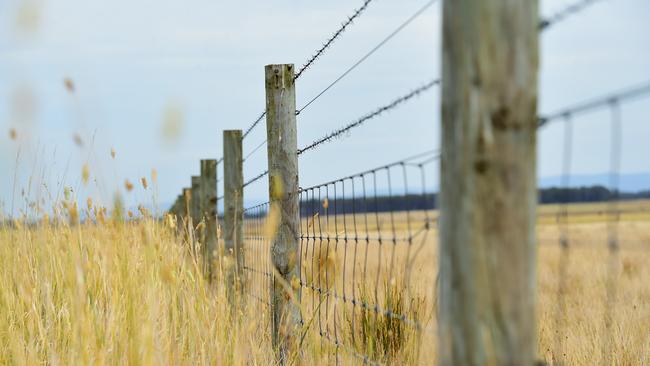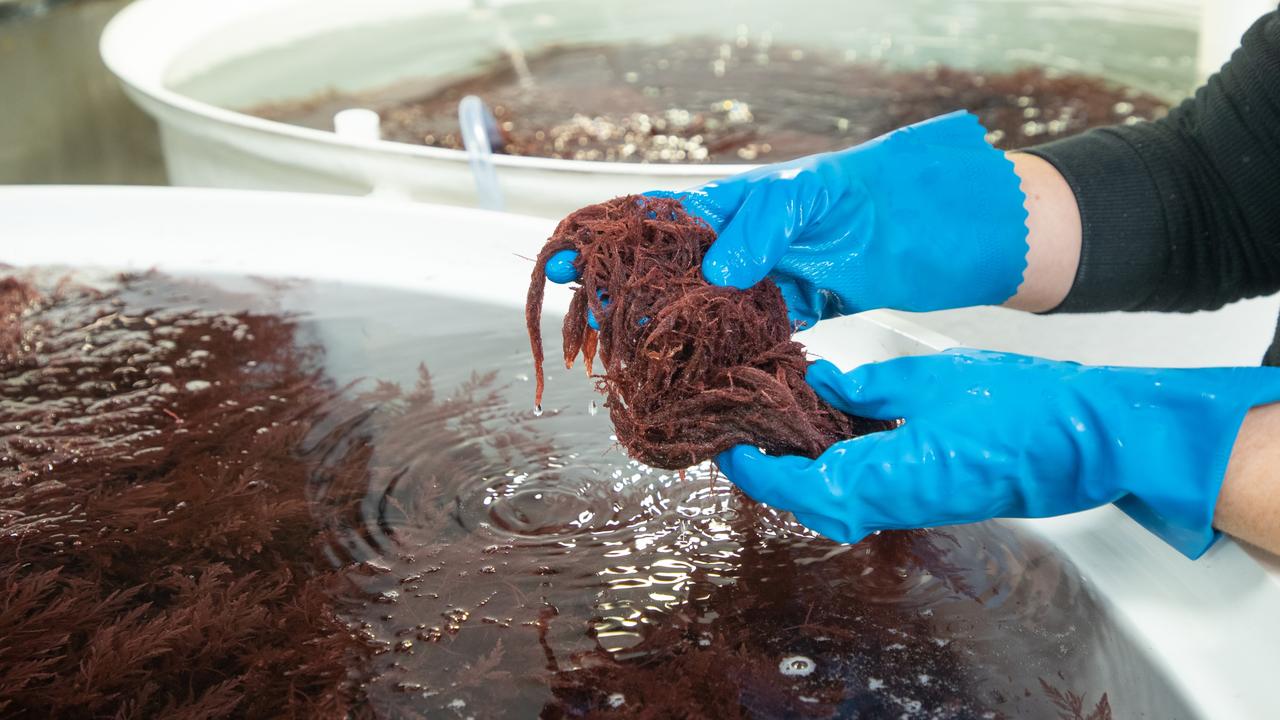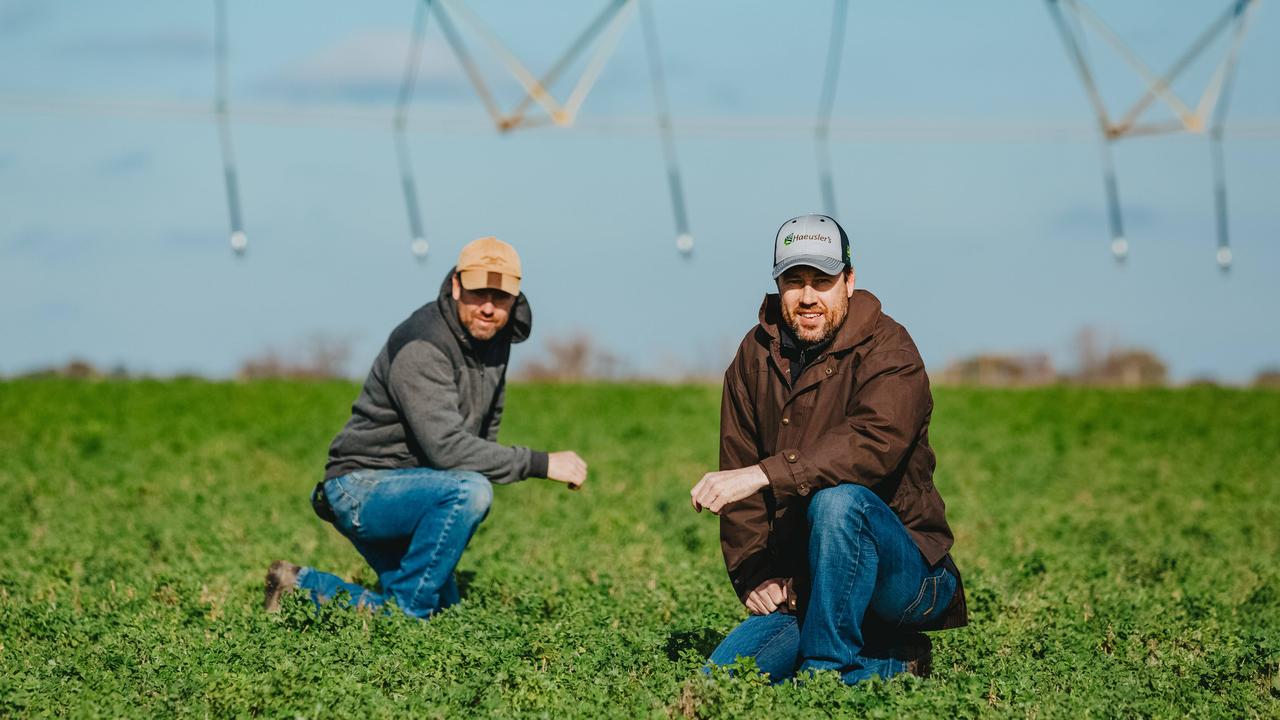Take the strain out of fence replacement
Build a fence that will last with the right materials, knowledge and tools for the job.

Read Farm magazine, exactly as it was printed
- Why it pays to subscribe to The Weekly Times+
OH GIVE me land, lots of land, and the starry skies above, don’t fence me in.
That was all very well for Cole Porter, but farming needs fences.
It’s when deciding what kind of fence and how much to spend on building it that the questions really start to mount up.
It’s relatively easy to bang in a few steel posts and sling some wire between them for a cheap fix, but it really isn’t the answer.
Manufacturers say a good fence will last 20 to 25 years, but some farmers say a well-built fence could last double that time or even longer. The key is building it right in the first place and choosing quality posts and wire.
AUSTRALIAN MADE OR IMPORTS
Fencing inputs such as wire and posts can be made in Australia or overseas – mostly in China. On the whole, Australian-made wire and posts are better quality, but don’t discount those made overseas just on their country of manufacture.
If you are thinking about a non-Australian post or coil of wire, talk to a fencing contractor or get the reseller to put you in touch with someone who has used the product and go have a look at it yourself. It could be that it is a really good overseas product that will suit Australian conditions.
Note though that some contractors will actually recommend putting in more of the imported posts – closer together – because they are not as strong. So take that into consideration when budgeting.
Waratah Fencing is probably Australia’s best-known fencing manufacturer with a vertically integrated offering of posts and wire. National sales manager Ross Lourie says its products are made in Australia from Australian steel that is purposed specifically for fencing.
While I won’t go as far as recommending a brand, it is really important to choose quality and something that will fit its purpose – to keep animals where they should be.
POST SOMETHING GOOD
Whites Rural is an Australian fencing manufacturer and its theory is “your fencing is only as strong as the fence posts it is secured to”.
Most farmers choose y-shaped steel posts, colloquially known as steelies. These are lighter than wooden posts and easier to install because they can be hammered straight into the ground either with a sledgehammer if the ground is soft, a post hole driver or a mechanical post rammer.
There are two colours of steel posts – black, which are coated with bitumen and suit most soil types, and silver, which have been galvanised so are suitable for coastal areas according to a Whites Rural spokesman.
Remember, wooden posts will burn in a fire and they will also rot so choose a timber that is hardy, such as treated pine, if you go for wood.
Concrete is another option, but they can break down. If they crack, the reinforcing is exposed and will rust, weakening them.
Steelies can range in price depending on how many you buy and should be put in at about every 5m to keep the wire in place without sagging or loosening. At this distance, it also makes a stronger fence which is more likely to keep stock in place.
WIRED FOR QUALITY
When it comes to wire, go for Australian all the way and it’s also worth asking the question about whether even the raw ingredients have been made specifically for fencing. Some wires are made in Australia from imported general-purpose steel.
What might look cheap when it comes to buying will prove to be expensive later on as it starts to bend or break or lose tension. Add in the cost of labour to replace this wire compared to using higher quality wire in the first place, and it would have been better to buy quality.
There is a wide choice of wire types. Some people like hinge-joint fences. Others may prefer to run all plain wires. Unless you are sure you are only going to run sheep or cattle, it’s best to make a multipurpose fence which can keep in both. If you must cut costs, use the best quality for boundary fencing.
BUILD YOUR KNOWLEDGE
Get advice if you are building your own fence, knowing how far to space posts to make sure the fence is stock proof. Post spacing is vital to keep the integrity of the fence, but its staying power really comes down to exactly that – the stays – or end assemblies.
According to Waratah, strainer assemblies are the foundation of a good fence. The company suggests working out how many are needed, as well as the depth they need to be put into the ground, to help give a fence stability and longevity. End assemblies are also built where gates are hung.
If the thought of digging post holes or clearing areas for the fence line is daunting, engage a fencing contractor. They will work on a per metre or per kilometre rate, where you supply the materials.
FIRED UP
After the summer we just had, the ability for fencing to withstand fires is important. Go all-steel if fires are a regular risk in your region. One farmer I heard about had his land burnt some time ago and replaced most of his wooden fences with steelies and wire. When they were unlucky enough to be burned again recently, the steel fences survived but the wooden ones were gone.
It’s worth finding the extra money to build a fence that will last a lifetime, rather than one that at best needs to be replaced regularly and at worst, lets your animals out.
Agriculture journalist Fiona Myers has expertise in livestock and wool.
MORE FARM MAGAZINE


